When performing cold-light whitening treatments, many manufacturers focus solely on stain removal efficiency, overlooking the hidden cold-light risks: high-energy blue light combined with peroxide can accelerate enamel wear, especially if pregnancy contraindications are ignored. Below, we examine six dimensions of how cold-light treatments impact enamel and outline safety strategies.
First, it’s essential to understand how cold-light whitening works and where the risks lie:
Thus, precisely controlling light intensity and exposure time is the first line of defense against enamel damage.
Next, peroxide concentration interacts synergistically with blue light:
Balancing bleaching efficacy with enamel preservation is critical during formula development. Company web: https://www.powsmart.com/product/electric-toothbrush/
Moreover, the light delivery pattern greatly affects fatigue damage:
Optimizing pulse timing and beam uniformity is key to minimizing enamel wear.
Furthermore, pregnancy contraindications must not be overlooked:
Ensuring clinics and retailers respect these contraindications is both a compliance and safety mandate.
To balance whitening performance with enamel protection, manufacturers can:
These combined hardware, formula, and algorithm strategies help suppress enamel wear.
Finally, robust training and quality-control processes are indispensable:
A “train-test-support” cycle ensures products remain both safe and effective, earning trust from clinics and consumers alike.
Conclusion
While cold-light whitening is a major selling point, manufacturers must address its inherent cold-light risks and observe pregnancy contraindications to avoid exacerbating enamel wear. By optimizing optics, formulas, control systems, and support programs across these six dimensions, B2B partners can deliver safe, reliable, and high-performance whitening solutions. Contact us to explore comprehensive, best-practice cold-light whitening innovations!
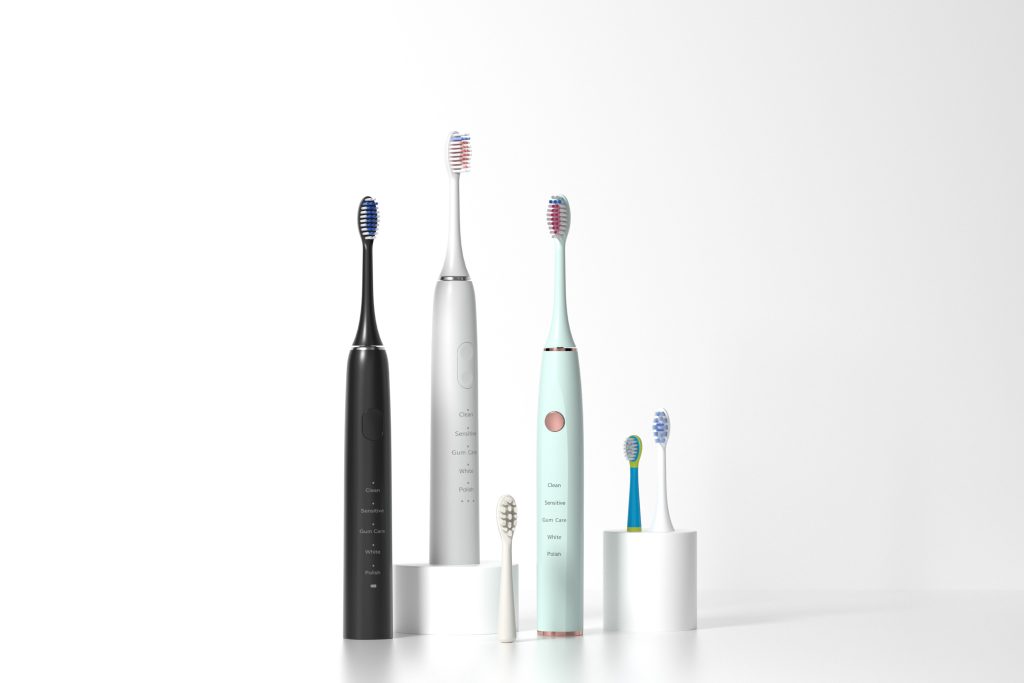

Water Flosser OEM vs ODM: How to Choose the Best Business Mode?
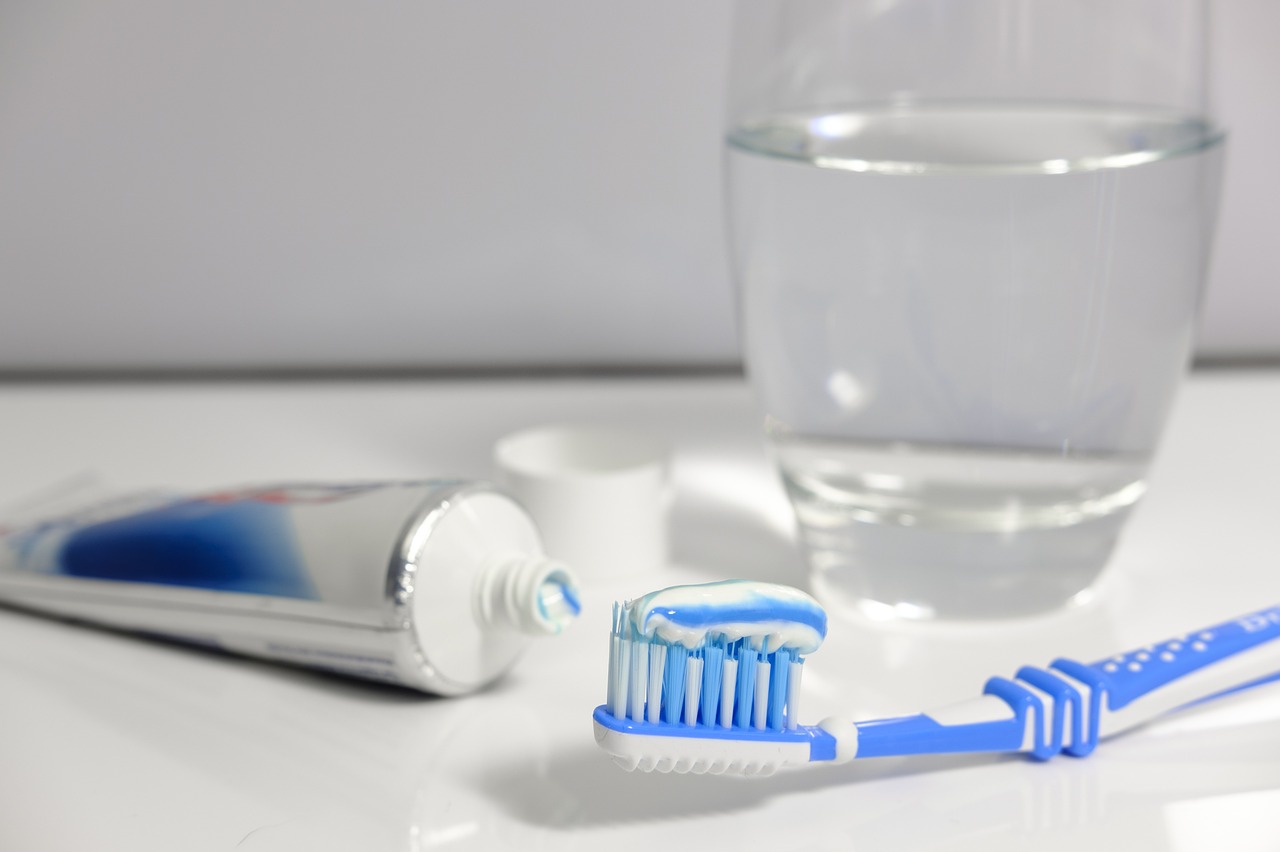
How to Make Your Own Electric Toothbrush
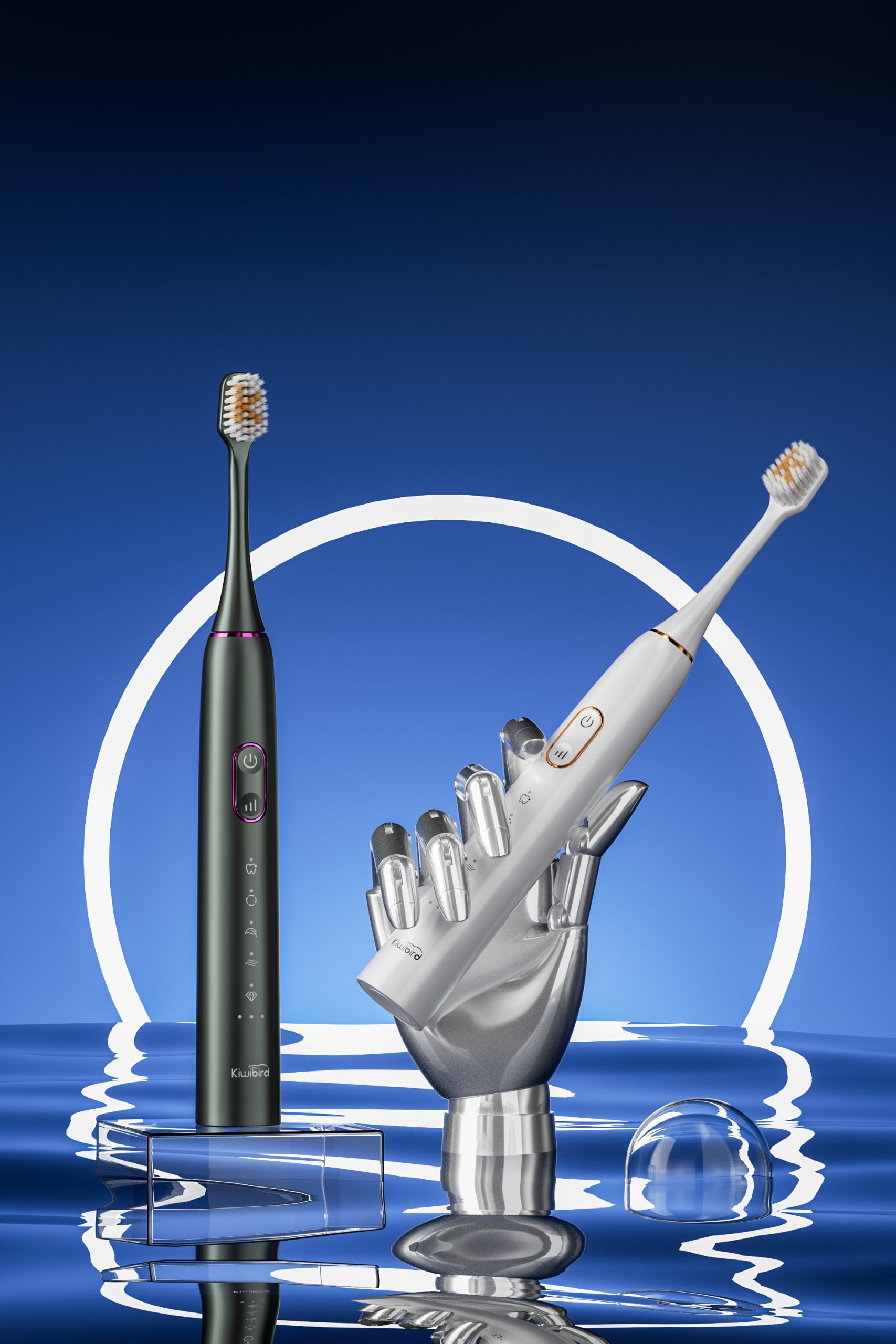
How to Effectively Reduce the After-Sales Return Rate of Electric Toothbrushes
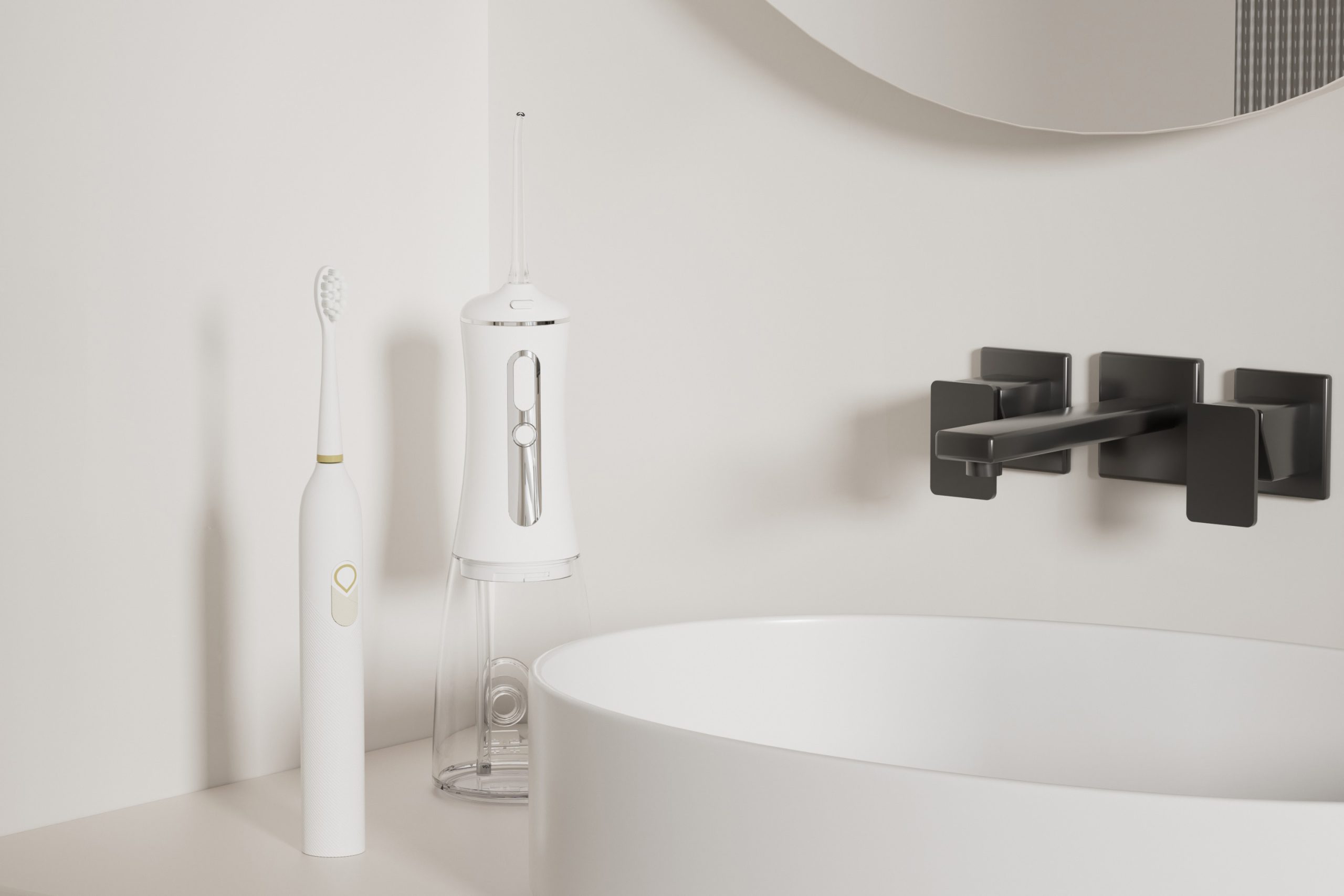
A Must-Have Guide for Brands to Deal with Water Leakage, Unstable Pressure, and charging failure repair of Water Flosser
Why Should Restricted Users Avoid Stain Residuals?
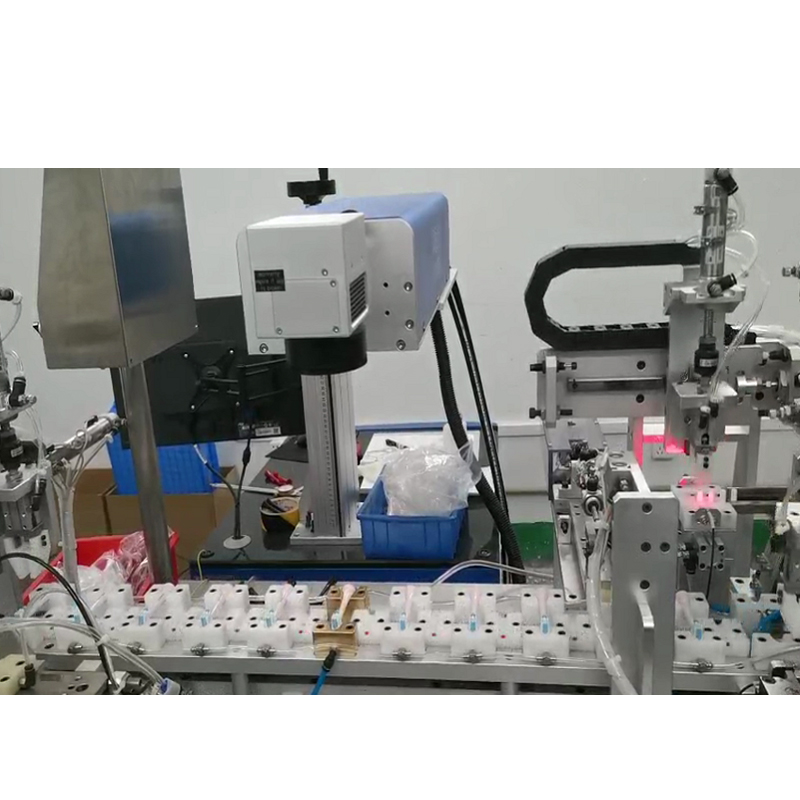
Electric Toothbrush Laser Engraving LOGO Process: How to Set the Depth, Speed and Power Parameters?
-1-scaled.png)
How Red Light Therapy Boosts Gum Health in Advanced Oral Care Products
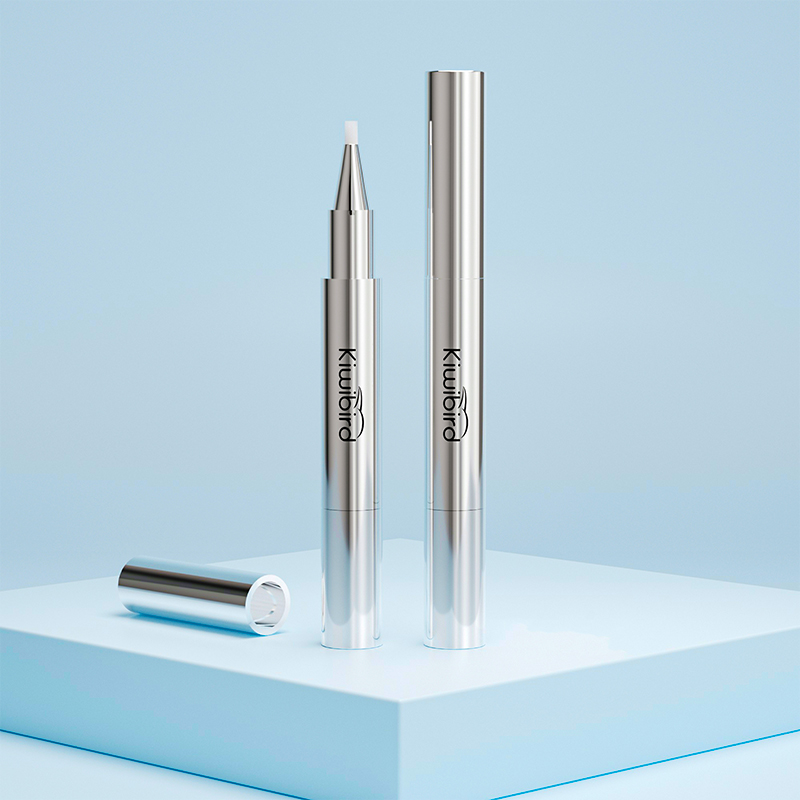
The Oral Beauty Revolution of Teeth Whitening Devices: From “Medical Equipment” to “Cosmetic Bag Item”
Slippery Electric Toothbrush Handles and Faulty Pressure Sensors: Solving Compatibility Issues?
.jpg)
Is a Holi toothbrush pack the right festive answer for Family care toothbrush needs?
What Are the Benefits of Our Patented Structural Design of Electric Toothbrushes?
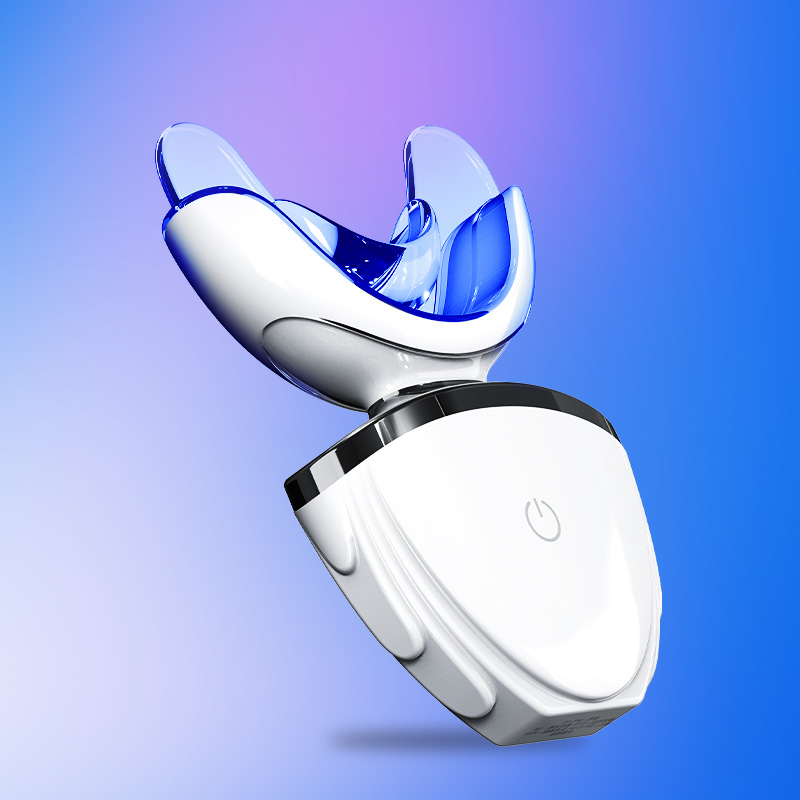
Explaining the Teeth Whitening Device and How to Use It

Why a College essential toothbrush tops Student oral care lists

Water Flosser Market Trends in 2025: Consumer Preferences and Innovative Technologies
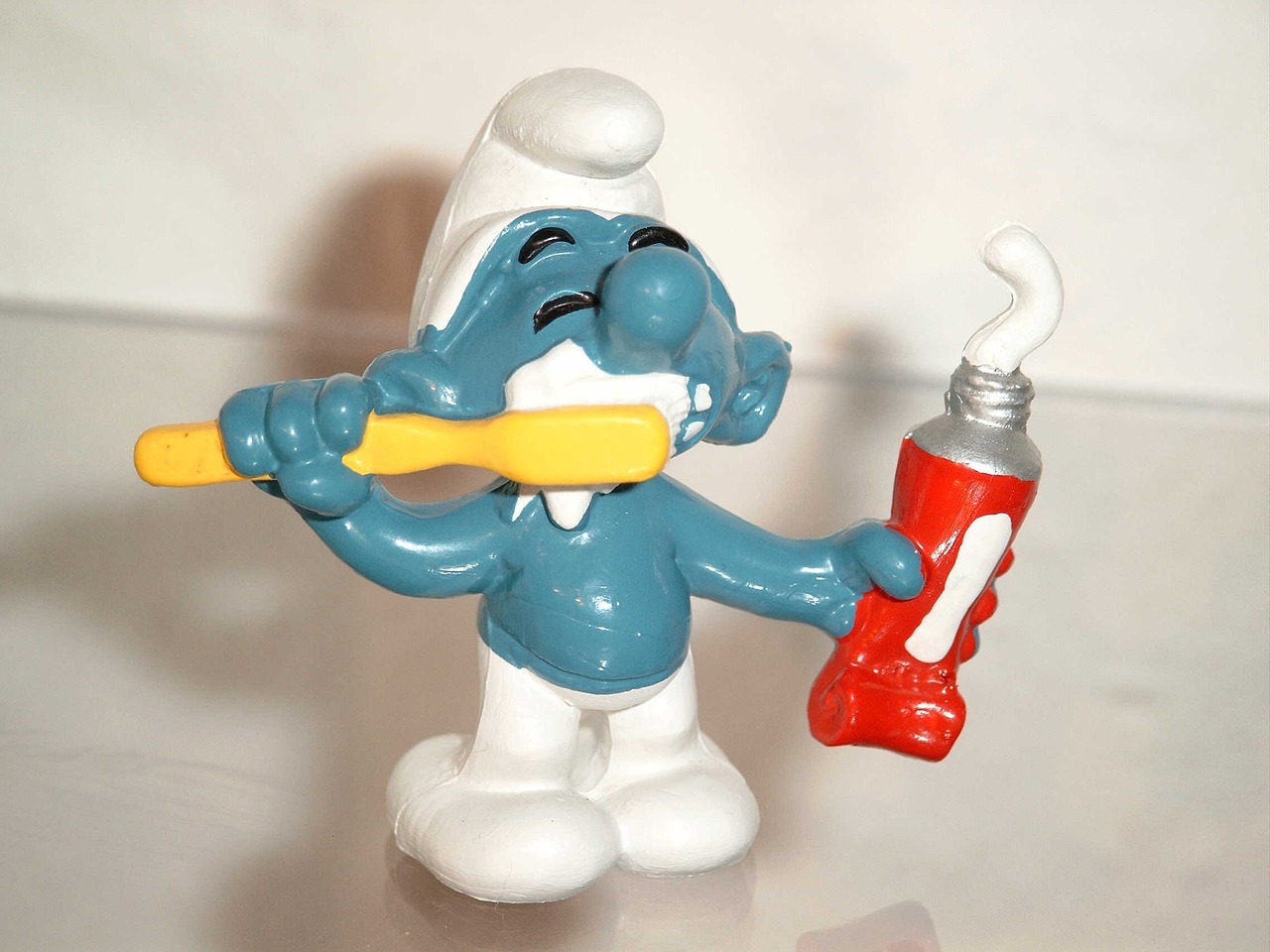
How Much Does It Cost to Manufacture a Toothbrush?
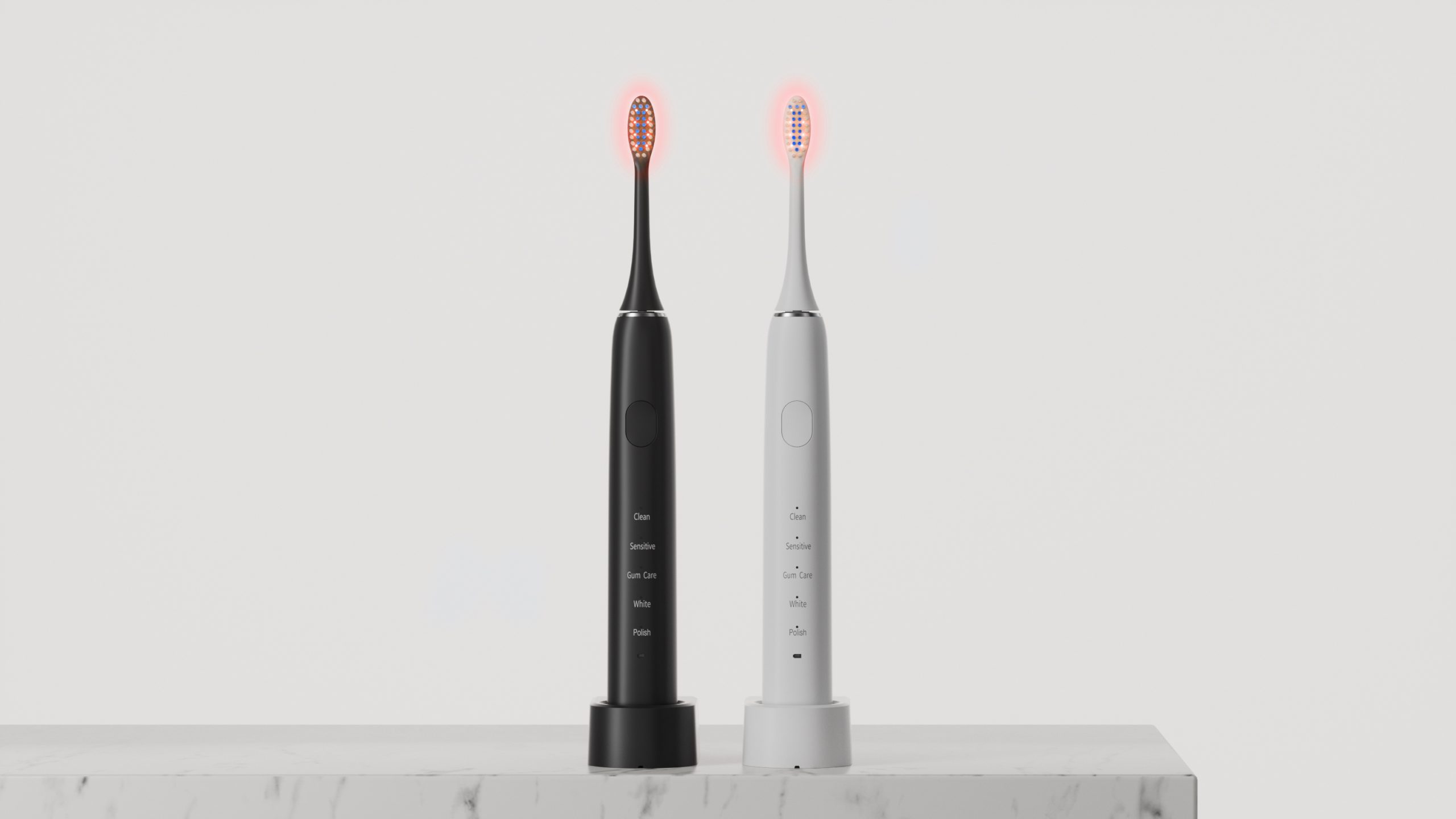
Functional Electric Toothbrushes: Building Market Competitiveness through OEM Innovation

electric toothbrush heads Deep Clean

electric toothbrush heads Regular Clean

Electric toothbrush heads Charcoal Infused-Diamond

Private Label Whitening Gel

electric toothbrush heads Ultra Soft
.jpg)
Florida Electric Toothbrush – Powsmart PTR-C8

Customization Teeth Whitening Gel

electric toothbrush heads Charcoal Infuse-Round
whstapp
whstapp
National Toll-Free Service Hotline
+86 755 86238638